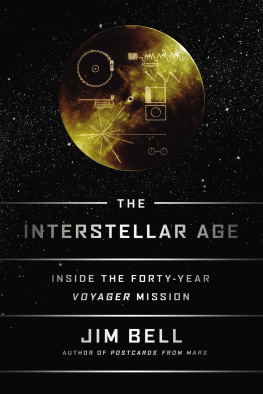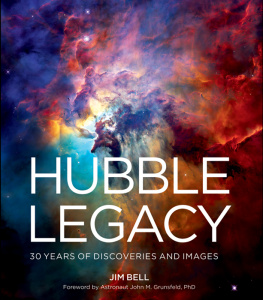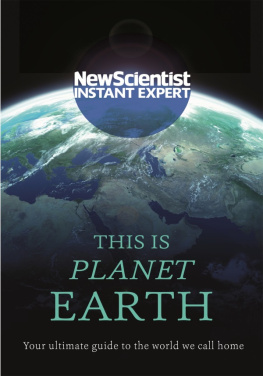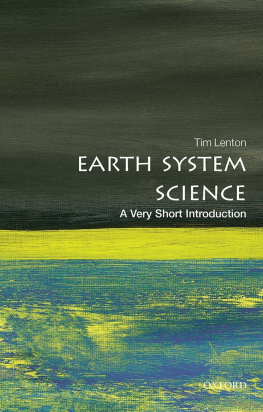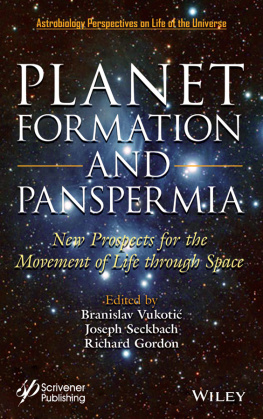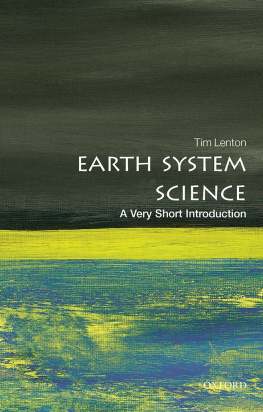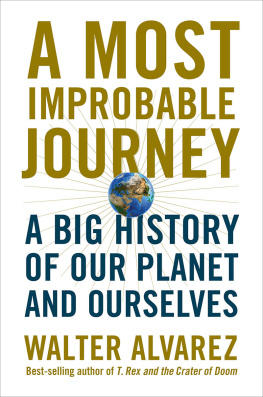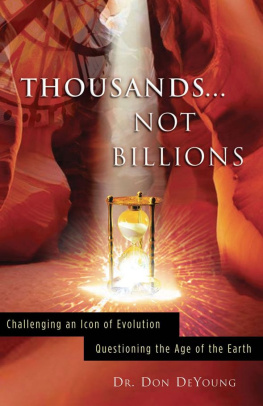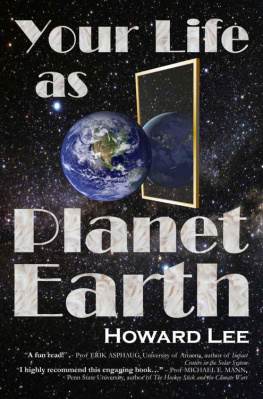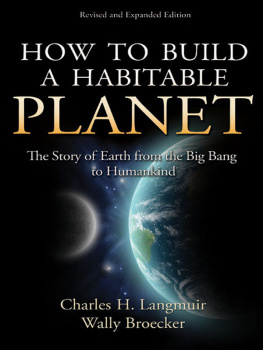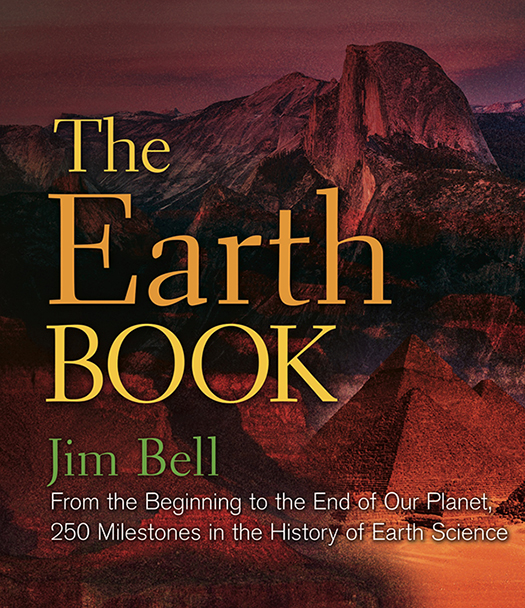STERLING and the distinctive Sterling logo are registered trademarks of Sterling Publishing Co., Inc.
All rights reserved. No part of this publication may be reproduced, stored in a retrieval system, or transmitted in any form or by any means (including electronic, mechanical, photocopying, recording, or otherwise) without prior written permission from the publisher.
All trademarks are the property of their respective owners, are used for editorial purposes only, and the publisher makes no claim of ownership and shall acquire no right, title, or interest in such trademarks by virtue of this publication.
For information about custom editions, special sales, and premium and corporate purchases, please contact Sterling Special Sales at 800-805-5489 or .
The top of Mount Everest is marine limestone.
Author John McPhee, when asked to sum up all of geology in one compelling sentence.
Look again at that dot. Thats here. Thats home. Thats us. On it everyone you love, everyone you know, everyone you ever heard of, every human being who ever was, lived out their lives... on a mote of dust suspended in a sunbeam.
Introduction
Its a daunting task to set out to chronicle the history of the world in a single book. And I dont mean just the history of human beings and our various achievements and downfalls, I mean the entire history of the planet, from its formation in the spinning clouds of gas and dust from which our Sun and solar system came to be some 4.5 billion years ago, to the inevitable destruction of our planet in the eventual death throes of that same benevolent star some 5 billion years from now. Of all the things that have happened on, in, and around our world, which of them warrant consideration as being among the 250 most important milestones in the history of Earth?
Ive taken a stab at answering that question, based on my own training as a geologist and planetary scientist; my own background and experience in field work, remote sensing, and computational analysis of data; and my own biases. For example, much of my professional teaching and research work focuses on planetary and space sciencestudies of other planets and solar system bodies, such as Mars and the Moon, using earth science and the study of our own planet as a basis for studying others (and vice versa!). So, I tend to think of the Earth not just as our home and the home of millions of other species, but as a member of a family of planets, moons, asteroids, and comets that orbit the Sun in our cosmic neighborhood. Indeed, studying the Earth from space, and studying other planets to learn about our own, is a major way that weve learned much of what we know about our home planet.
When I teach earth science, I make sure to point out that studying the Earth is like studying a series of nested, intertwining spheres. There is the lithosphere, the rocky surface and interior of our planet; the atmosphere, the thin layer of gases that warms the surface and sustains life; the magnetosphere, the magnetic bubble that protects our world from harmful solar radiation; the hydrosphere, a thin surface shell of water mostly in the oceans but also in seas, lakes, rivers, glaciers, and polar caps; and finally the biosphere, the collection of all living things on our planet. Each of these spheres has been critically important to the history of our planet, and they are all interrelated in complex ways that cannot easily be untangled. To truly understand the Earth as a system requires one to understand all these spheres of influence.
Thus, the history of the Earth spans topics in physics, chemistry, biology, astronomy, astrobiology, geology, mineralogy, planetary science, life science, public policy, atmospheric science, climate science, engineering, and many other scientific and social disciplines and subfields. Ive tried to capture milestone events and discoveries that span all these fields, and to thus hopefully give a sense of the breadth of experience and expertise that goes into figuring out how our world came to be the way it is, and what will happen to it in the future.
Along the way, Ive singled out about 120 individualsout of the many thousands of scientists, explorers, inventors, and others who have made it a career to learn about our planetwho have made or contributed significantly to events and discoveries that I have flagged as notable milestones. Some of these people are well known (like Plato, Leonardo da Vinci, Magellan, Newton, Pasteur, Lewis & Clark, Darwin, Cousteau, and Goodall), others are famous within their academic or exploration circles but not so well known to the general public (like Steno, Hutton, Bowen, Wegener, Carrington, Agassiz, Humboldt, Dobson, Amundsen, Peary, and Van Allen). And still others have made critical contributions to the understanding of our world but for some reason have been left relatively obscure in the sometimes-fickle annals of history (like Chladni, Brock, Anning, Nadar, Dokuchaev, Bascom, Griggs, Angel, Norgay, and Lehman, all of whom you will learn more about soon).
As part of my research into these milestones, I was especially impressed by the significant role that many women have played in advancing our understanding of the planet. For most of the history of science, it has been a male-dominated career, with active traditions and other barriers established to keep women out of the club. That began to changeslowlyin the nineteenth and twentieth centuries, although the obstacles were huge early on. Pioneering research and discoveries about the Earth as well as its inhabitants made by women such as Florence Bascom, Dorothy Hill, Inge Lehman, Mary Leakey, Rachel Carson, Dian Fossey, Kathleen Sullivan, Sylvia Earle, and many others attest to the fact that women are just as capable as men in the pursuit of, and success in, science. Still, the fact that women do not yet make up 50 percent of the worlds population of professional scientists means that many gender-based barriers and biasesconscious and unconsciousstill exist in earth science and other fields. There is still much work to do.
Another aspect of diversity that I have attempted to capture among these milestones is geographic diversity, both on and within the planet. For example, I point out examples of major mountain belts on all the continents, sampling and celebrating the many different styles of mountain-building


